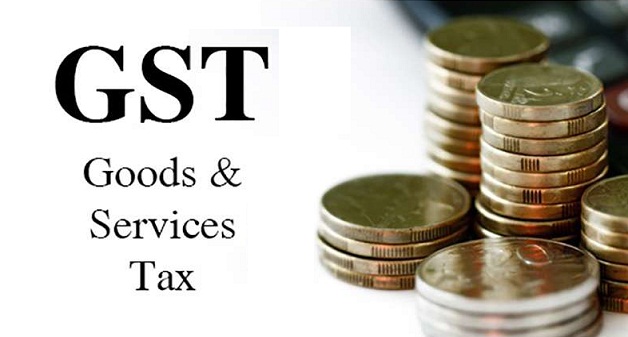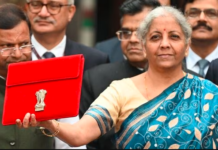On this Historic day, we give you a good news that the Rajya Sabha has passed the controversial GST bill on August 3rd, 2016 evening. The Goods and Service Tax aka GST bill are sought to be the biggest achievement of the Modi Government as it is the reform of the tax collection system of our country. This reform is expected to bump up the economy of the country to an extent that has not been noticed since Independence. It is supposed to subsume all the different state and central taxes on goods and services and will levy a single rate on all of them. It will a light of the day and is adamant on changing the way, business is done in India.
But this consent was surely not easy to achieve for the Modi Government. At the continuous seven-hour debate in Rajya Sabha, the Finance Minister Arun Jaitley had given a speech on the benefits of GST to Indian Economy. He started the speech by acknowledging that the bill was firstly introduced by the UPA Government. He stated that it was aimed to achieve the consensus of all the states so that none of them felt neglected and shortchanged. This tax system is expected to increase the percentage sharing of Indirect tax in the total tax collection. Also, as GST is the consumer-based destination tax, it will benefit certain states more than the others.
Following are the benefits of GST to consumer India as illustrated by Jaitley as according to him, “GST will be Indian federalism in the best possible way”.
- A Simple life for Indian Taxpayer: There are a total of 17 indirect taxes levied on the Goods and Services sector of India and thus the tax collection system is also complex. GST Bill will replace all those indirect taxes and thus will result in a fall in compliance costs.
- Decreased costs for Inventory and Logistics: The state checks the trucks and transporting vehicles at the borders which result in slowing down the movement of trucks. In the US, the trucks travel at least 800km a day as compared to the Indian trucks, who travel only 280km a day. So, the logistics costs will reduce.
- Opportunity for less and underdeveloped states: A current rate of 2% inter-state is levied for all the production and thus, the produce is kept within the state itself. The levy of GST bill will provide a national market and thus it can be dispersed. It will create opportunities for others as well.
- Increased Revenue Collection: The evasion of tax will decrease and the input tax credit will encourage the suppliers to pay their fair share of taxes. Due to GST bill, the number of tax-exempt goods will decline and also, the center and state will have a dual oversight over the payment and collection of taxes.
- Unified National Market: The current situation of the fragmented market along the state lines will vanish and the manufacturing sector will get greater areas covered as prospective markets. It will push down their cost up to 20-30%.
- No Cascading Effect: The cascading effect of the tax on tax will diminish and the manufactured goods will become cheaper with lower logistics and tax costs for the Indian consumers.
- Boost in Investment Sector: Presently, input tax credit is not available for various capital goods. The introduction of GST will result in full input tax credit on all goods resulting in a 12-14% drop in the cost of capital goods. Hence, it is expected that the capital goods investment will rise at the rate of 6% and 2% rise in the overall investment in the manufacturing sector.
- Push to “Make in India”: The GST applicability will invite more competition in the manufacturing sector as it will address the issues of cascading effect, inter-state tax, fragmented market and high logistics costs. Also, GST will imply appropriate countervailing duty providing increased protection from imports.
- Lift of GDP: It will lift the GDP and experts are of the opinion of a rise in GDP over a period of 3-5 years. HSBC estimates an 80 basis point rise whereas NCAER pegs this at 0.9- 1.7%.
- Help to E-Commerce Industry: The several E-Commerce companies were not even able to ship to some states due to state restrictions and levies. They have basically complicated the e-commerce activity. Now, the levy of GST Bill will convert India into one uniform market.
Yes, the Government has come a long way by passing the GST bill in Rajya Sabha, but still it’s a protracted way ahead. There is much more work to be done by the Modi Government to impart the benefits of GST to India and meet April 1, 2017, deadline.












